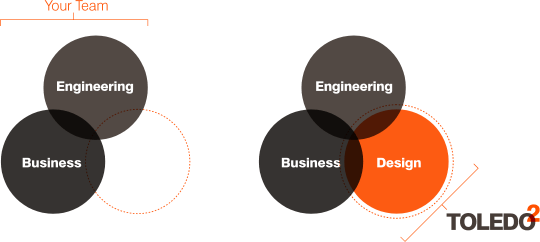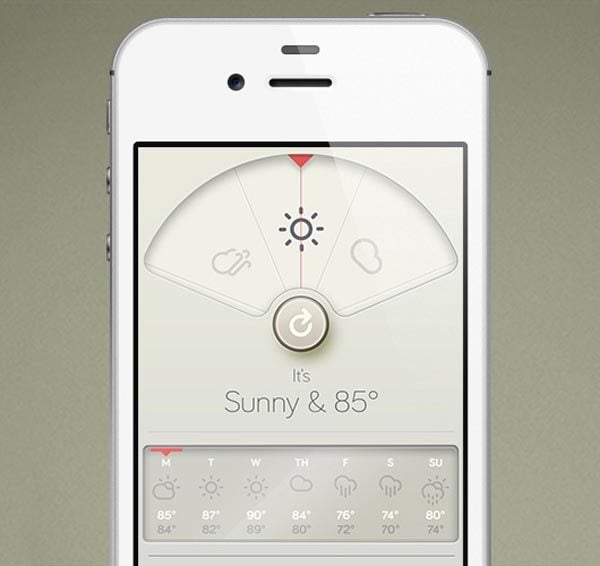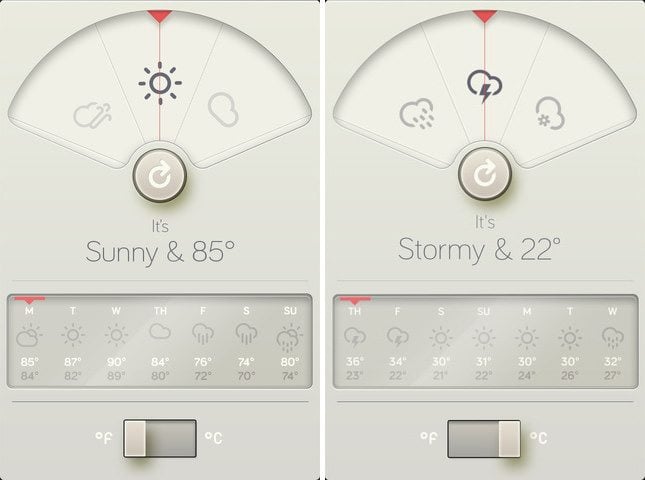Interview with Arturo Toledo, Experience Architect and UI Designer
You don't need to be an artist to create great UI - most of the principles of user interface design are the same as the basic design ones taught in any elementary art class. The elementary design principles of composition, color, and so forth apply equally well to a computer screen as they do to a sheet of paper or a canvas.
But other than that there are tons of other things every designer should keep in mind. The importance of User Interface Design is that you want to create a website or app that is easy to navigate, efficient to use, and gives your users a really pleasurable experience. It should also be as free from errors as possible. This is how you can more easily guarantee that they will continue using your products and will recommend it to others as well.
In terms of interface design we decided to ask a man who knows all the angles of this notion and that is Arturo Toledo.
Arturo Toledo is an Architect. He runs a boutique design studio attending clients in the United States, Europe and Asia. His work explores the convergence of human arts and science to give shape to an ever evolving design practice. With a particular commitment towards design education, Arturo is permanently engaged with the international design and development communities and often travels the world to exchange ideas about design with other designers and developers. Prior to his current venture, Arturo worked for Microsoft in Redmond for 7 years driving design evangelism.
***

P.S. I hate Illustrator… it feels more like a tool for print design not for UI or digital design.
The second example is in the iOS field. The WTHR app for iPhone is absolutely gorgeous. I like it because it tried to break with the traditional iOS design guidelines and attempted a more Dieter Rams design principles. Other apps in this category are Path and Clear. I think all these apps illustrate a clear trend in the iOS world where designers are recognizing Modernism as a more reliable approach to UI design than the leather, wood, rusty metal like skeuomorphic approach we’ve seen coming out of Cupertino in the past. Luckily, today we have Jonathan Ive taking care of both software design and hardware design at Apple. He is a Modernist. No more leather stitches with him as the skip 🙂
***
So, this is what Arturo wanted to tell everyone about what has happened in the sphere of interface design, how things are shaping up with Windows 8 app design. Anyways, if you feel that you want to know more, as always, express yourself and ask questions in the comments.
Contacts:
Website: www.toledo2.com
Twitter: @arturot
LinkedIn: http://bit.ly/arturot
Get more to your email
Subscribe to our newsletter and access exclusive content and offers available only to MonsterPost subscribers.





Leave a Reply
You must be logged in to post a comment.